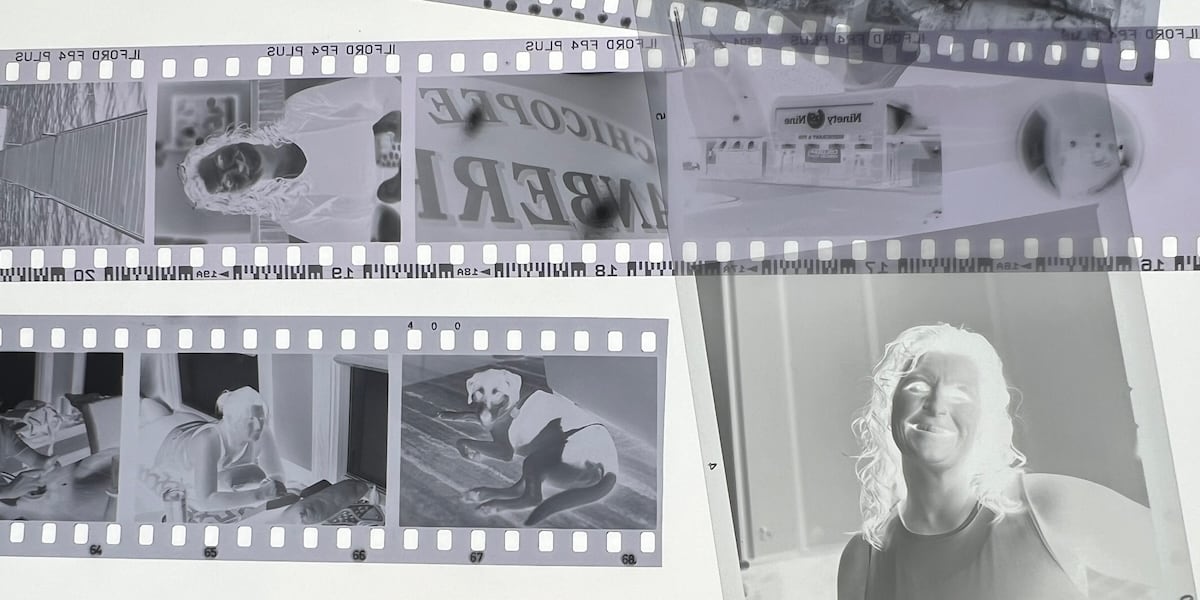Historically, I have bounced between a variety of film stocks. In order to get better at photography, I have been trying to reduce variability in my process. So, recently, I have been limiting myself to using a single film stock for a period of time or for a set number of rolls. I want to really embrace each film; learn how to best shoot and develop it, and learn its unique characteristics.
This summer, I had a few backpacking trips planned. I wanted to bring a classic black-and-white film along, and I wanted one that would be extra kind to skin tones. People wear less makeup and tend to get dirtier when backpacking, and I wanted a film that would help tame wrinkles, creases, and dirt. Fomapan 400, with its classic large grain and extra red sensitivity, seemed like it would be an ideal choice. After shooting six rolls of Fomapan 400 in 35mm under varying conditions, I think I’m starting to understand it.
Prior to using Foma 400, I had read that it was not actually a 400-speed film. Viewing the development curves in the official Foma 400 datasheet confirmed that it would not be a 400-speed film in my preferred developer, or any developer really, besides, perhaps, Diafine. Since I would be developing with XTOL, I treated this as a 250-speed film and pushed it to 500 so that I could get back to box speed.
Fomapan 400 is truly a classic film. I love the grain, and I love how it renders light skin tones. But, perhaps because it uses a classic film emulsion, it has very limited latitude and can be difficult to work with. It is quick to blow out highlights and quick to lose details in the shadows. Black-and-white film is normally the easiest to work with, but Foma 400 felt harder to use than reversal film.

To get negatives that look to be the correct average density, I overexposed by almost one stop and then overdeveloped by two to three stops. I do not have a densitometer, but I compared the negatives by sight against well-developed examples of FP4 Plus and Tri-X. Despite this, the shadows still blocked up. I was using the Minolta X-700’s built-in averaging meter, so I was not metering for the shadows, but I expected more shadow details than the film gave me. As a comparison, I pushed Ilford FP4 two stops. I metered it at EI 500 on the same X-700 and overdeveloped two stops. The results from the FP4 Plus were consistently better; the shadows retained details and the highlights did not get dramatically blown out.
I very much wanted to like Fomapan 400 in 35mm – I loved that I could purchase Foma 400 reload kits from Freestyle – but at this point, I can’t see myself working with it on a regular basis. I will be shooting through a batch of Foma 400 in 120 and 4x5, so perhaps I will find something in those formats that makes me want to give the 135 version another go, but for now I will be switching back to FP4 for black and white in 35mm.
Since writing this I have changed my opinions slightly. I was experimenting with Agfa Aviphot and was getting results that were similar to what I was getting with Foma 400. But, one day I ran out of XTOL, so I grabbed the trusty old bottle of Rodinol instead. I found the results to be much better than what I was getting with XTOL. So, perhaps XTOL does not make a good developer for Fomapan 400, or perhaps it is the combination of those and my process. Regardless, I intend to re-evaluate Foma 400 using a Nikon FA and other developers.
Click on an image to see full size